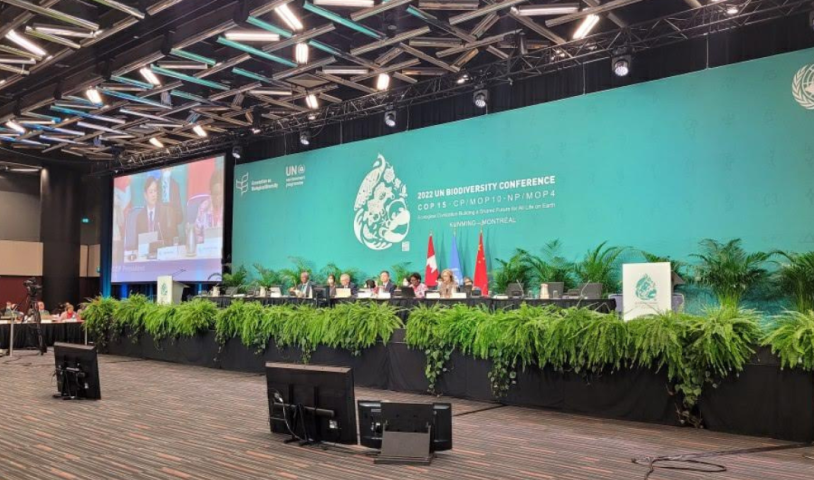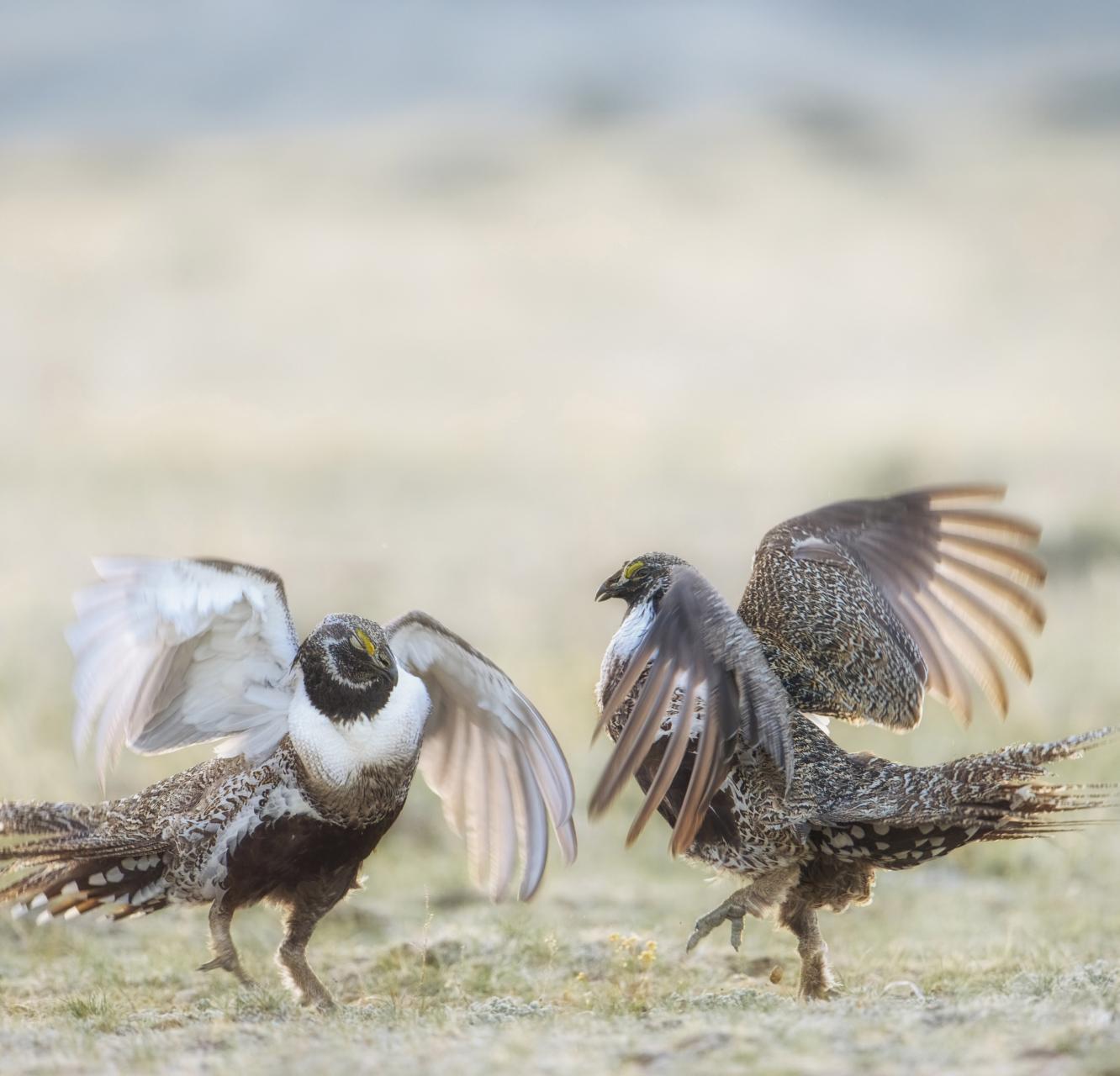Global Biodiversity Framework commits to halt extinction and recover species, lacks concrete targets for reform
Monday, December 19, 2022
Tiohtià:ke/MONTREAL UNCEDED Kanien’kehá:ka Nation TERRITORY — The Kunming-Montreal Global Biodiversity Framework was approved by all 196 countries early this morning. The Wilderness Committee was witness to this landmark agreement that promises key commitments to halt extinction while recognizing Indigenous People’s rights and title.
With the mission of committing countries to take “urgent action to halt and reverse biodiversity loss” so as to “put nature on a path to recovery” by 2030, this framework has strong language in regards to the recognition of Indigenous Peoples’ rights, territories and knowledge. It commits to the full protection of environmental human rights defenders around the world. The agreement features key commitments to halt human-induced extinction of known threatened species as well as the recovery and conservation of species. However, parts of the framework lack deadlines and numerical targets while also not acknowledging and advocating for a transformative economic and social shift needed to tackle the biodiversity crisis at the systemic level.
“This agreement is a critical achievement and if implemented fully could take great strides towards combating extinction and conserving biodiversity,” said Policy and Conservation Campaigner Charlotte Dawe. “However, there is much more work to be done and governments must use policy change to achieve the targets.”
“Currently, businesses are trusted to 'do the right thing' when it comes to nature protection, and they fail every time," - Charlotte Dawe, Policy and Conservation Campaigner
A significant gap is the lack of targets calling for reform of decision-making frameworks, such as laws or policies to regulate the industrial corporations largely responsible for wildlife and nature decline. The framework also fails to regulate the private business and finance sector. For example, an original target that committed to limiting the amount of pesticides used was diluted in the final agreement to focus on risk reduction. In addition, there are non-mandatory business reporting and product-labeling requirements, which shifts blame to the consumer.
“Industry needs strict regulation and mandatory reporting,” said Dawe. “Currently, businesses are trusted to 'do the right thing' when it comes to nature protection, and they fail every time.”
One target that provides a glimmer of hope is to eliminate, phase out or reform incentives — including subsidies — harmful for biodiversity by 2025.
“Eliminating subsidies will free up billions of dollars per year the government can use to live up to its biodiversity commitments,” said Dawe. “These funds should be directed to Indigenous communities where they will provide support for protected area proposals and restoration projects to boost biodiversity.”
As noted by the First Nations Leadership Council, Indigenous Peoples continue to be left out of decision-making at COP15. As with many United Nations processes, they are state-led and Indigenous Peoples still do not have a vote on matters that will directly impact their lands and livelihoods. Despite this, grassroots Indigenous organizers and allies worked diligently at the conference to advance Indigenous priorities for conservation and biodiversity.
“This wording is a crack in the door that could allow industrial corporations to bulldoze on with business as usual while using things like offsets and credits to continue destroying nature,” - Katie Krelove, Ontario Campaigner
Throughout the UN Biodiversity Conference that wraps today, there were debates around whether nature-based solutions and nature-positive language open the door for corporate greenwashing. Concerns were raised these are false solutions and allow industrial operations to carry on unchecked, as long as they “replace” ecosystems elsewhere. Nature-positive language did not make it into the framework but nature-based solutions did, as well as calling for offsets and biodiversity credits.
“This wording is a crack in the door that could allow industrial corporations to bulldoze on with business as usual while using things like offsets and credits to continue destroying nature,” said Ontario Campaigner Katie Krelove. “These are tricks corporations use to destroy nature and put a green stamp on their operations, and this language could very well dilute the integrity of the framework.”
The 30x30 target to protect at least 30 per cent of land and of sea by 2030 was at serious risk of being removed, but it managed to stay in the final text of the framework. However, there is no language that explicitly states which damaging activities are excluded from protected areas.
The question of implementation remains, which is the crux of whether this document will actually do anything to halt the loss of nature. All 196 countries need to take this framework home and immediately begin implementing the goals and targets.
“This framework alone will not reverse biodiversity loss — it is the floor, not the ceiling,” said Dawe. “However we can celebrate a framework with some key targets, which will significantly help certain species and ecosystems. I hope that this will be the starting point for transformative changes to our economies, consumptive habits and how humans relate to the natural world. Ultimately, this is what is needed to protect biodiversity.”
-30-
For more information, please contact:
Charlotte Dawe | Conservation and Policy Campaigner
778-903-3992, charlotte@wildernesscommittee.org
Katie Krelove | Ontario Campaigner
647-208-4026, katie@wildernesscommittee.org





